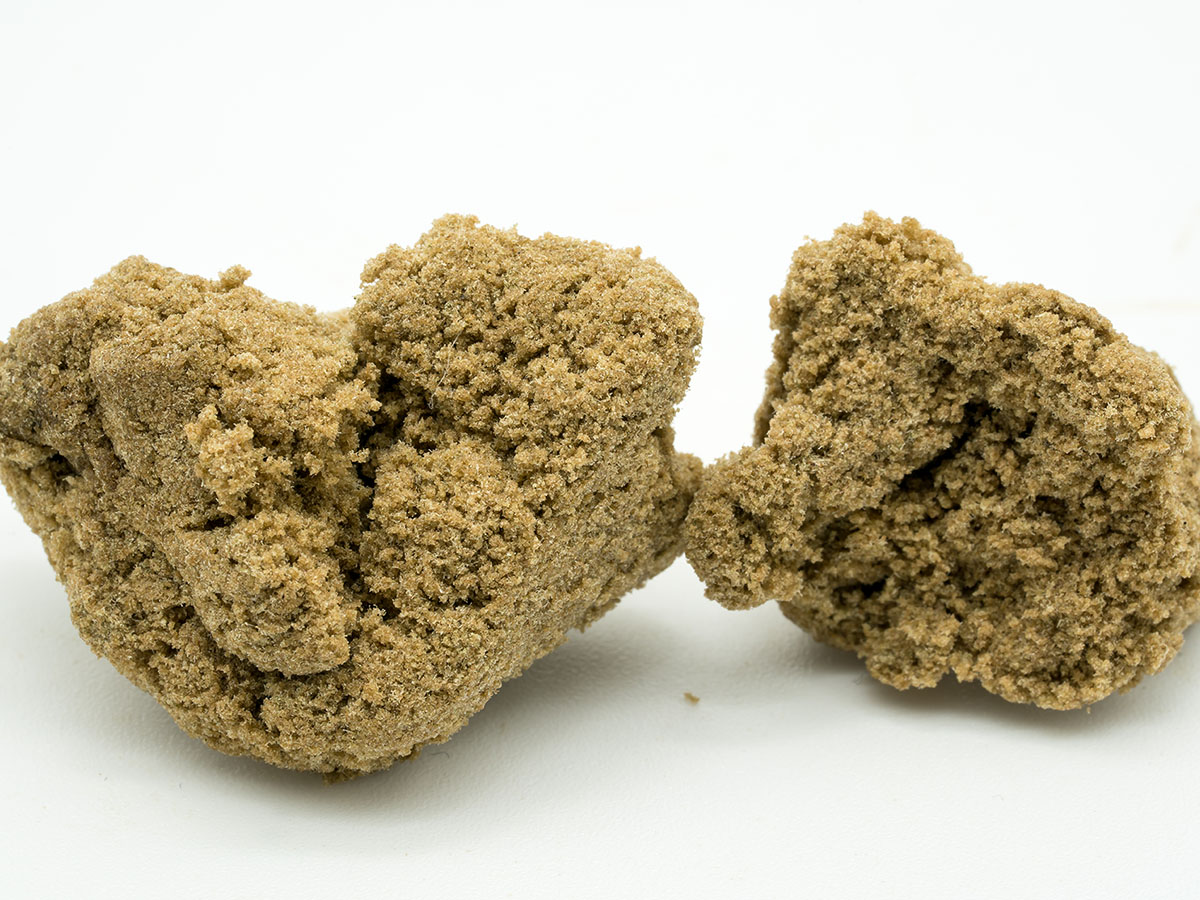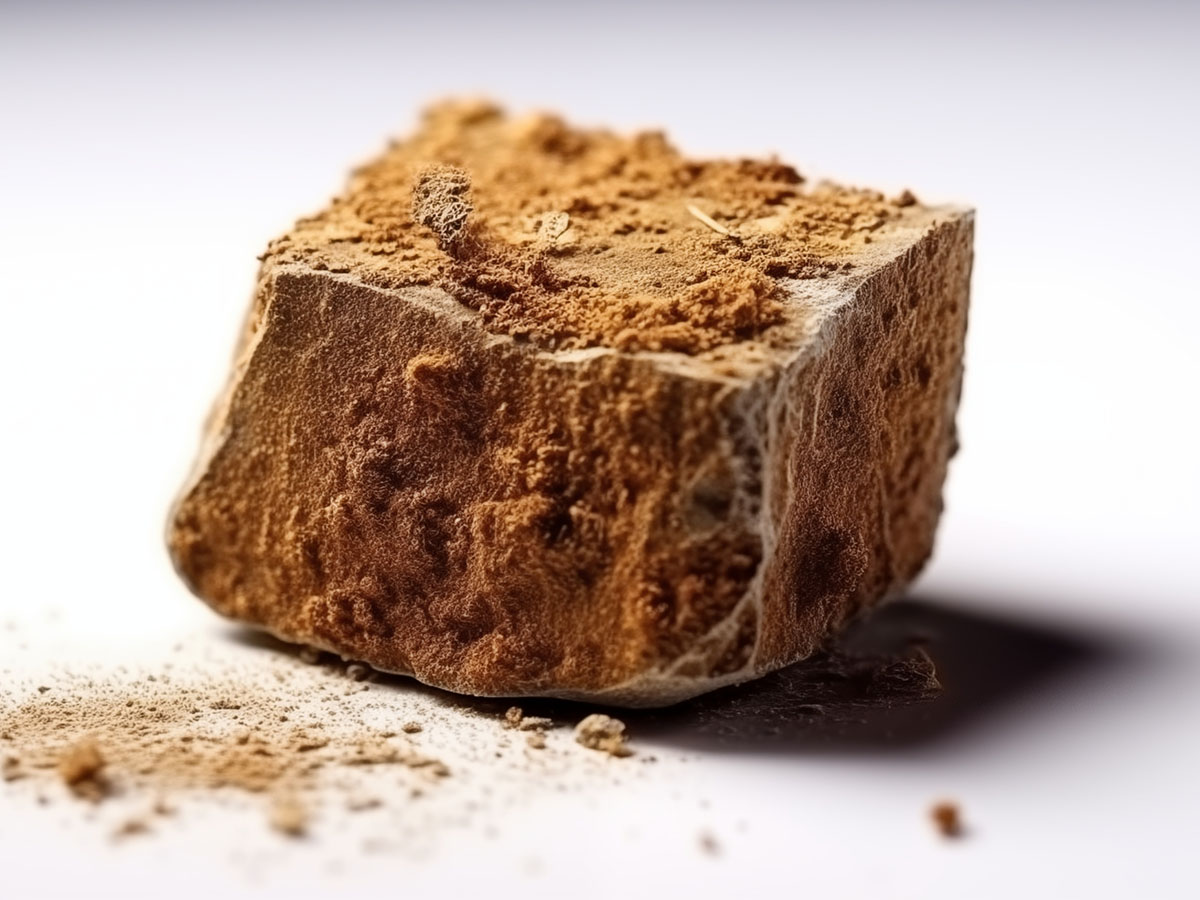
What is THC Syrup & How Do You Use It?
February 06, 2024
If you’re looking for versatility, potency, and discretion in your cannabis products, look no further than THC syrup. It’s the perfect addition to your repertoire if you enjoy cooking with cannabutter or canna-oil, but it can also be added to drinks or taken on its own. In this guide, we'll break down what THC syrup is, how it can be used in various ways, and even guide you through making your own.
What is THC Syrup?
THC syrup is exactly what it sounds like—a concentrated liquid form of cannabis made with sugar, vegetable glycerin, cannabis flower, and water.1 The viscosity of THC syrup is very similar to cough syrup, but the flavor is all its own—slightly sweet without any medicinal elements to it. The syrup is meticulously crafted to deliver precise and controlled doses of THC, allowing cannabis enthusiasts to tailor their experience with accuracy. While THC syrup is available at most dispensaries, our DIY cannabis creators can also make THC syrup at home.
What Can You Do with THC Syrup?
The versatility of THC syrup is a key factor in its growing popularity. Consumers can employ various methods to incorporate this liquid delight into their routines. One option is the sublingual approach, where a few drops are placed under the tongue for swift absorption into the bloodstream. Alternatively, mixing THC syrup into beverages or adding it to non-infused foods provides a flavorful, customized way to indulge. If you prefer to take your THC syrup straight, you can also pour the desired amount into a shot glass and drink it.2 The flexibility offered by THC syrup makes it an appealing choice for those seeking a personalized and enjoyable cannabis experience.
Is THC Syrup the Same as Lean Syrup?
No, THC syrup is not like lean at all. Lean, otherwise known as purple drank or sizzurp, is a dangerous, addictive, and illegal drink that combines codeine with an antihistamine.3 THC syrup, sold in states that have legalized cannabis, is a cannabis-infused syrup designed to be dosed to a cannabis enthusiast’s preference. THC syrup contains cannabinoids that will create the same effects you’d experience if you indulged in smoking the strain, but it is generally considered more discreet. It’s also important to note that you will never hear THC syrup referred to as THC lean syrup, so always be sure to purchase your THC syrup or the products to make it from a licensed dispensary.
DIY Cannabis-Infused Syrup
For those who love to DIY their cannabis infusions, creating your THC-infused syrup at home is relatively easy. The recipe involves simple ingredients and a step-by-step process:4
Ingredients
- 3 cups of water
- 3 cups of granulated sugar
- 3 tbsp of vegetable glycerin
- 4 oz of cannabis flower
Step 1: Decarboxylation
Begin by activating the THC in your cannabis flower through decarboxylation. To decarboxylate your cannabis, heat the flower to a specific temperature to convert non-psychoactive THCA into the potent THC.5
Step 2: Combine
To avoid any weird flavors, make a neutral simple syrup. To do this, combine water and sugar in a saucepan and let it boil. When you no longer see the sugar, drop the temperature to between medium and low to avoid damaging the THC.
Step 3: Add Cannabis, Simmer
Incorporate the decarboxylated cannabis into the syrup mixture, letting it simmer gently for about half an hour. This enables the THC to infuse into the syrup.
Step 4: Add Vegetable Glycerin
Add your vegetable glycerin into the mixture, enhancing the syrup's consistency and adding a touch of sweetness. Let it cook on low for a couple of minutes.
Step 5: Cool & Store
When ready, remove your THC syrup from the heat and let it cool. Once it’s room temperature, strain out the plant matter. Add the THC-infused syrup to a sealed container and place it into the refrigerator. Note: Do not pour hot THC syrup into a container and place it into the fridge. It must cool to avoid any dangerous expansion within the container.
Answering FAQs About THC-Infused Syrups
Got a few more questions about THC syrup? Check out these frequently asked questions to see if you can find the answers you’re looking for:
What does THC syrup taste like?
THC syrup is typically sweet without a particular flavor (though you can likely find flavors at your dispensary), so you can add it to food and beverages.1 If made at home, your THC syrup may also have a marijuana flavor.
What’s the difference between THC oil and THC syrup?
While both THC oil and THC syrup contain THC, their consistency and usage differ.2 THC oil is a concentrated THC product that is typically vaporized or used in edibles. In contrast, THC syrup is suitable for sublingual use, mixing into beverages, or adding to foods. You should never try to vape your THC syrup.
How long does it take THC syrup to work?
The onset time for THC syrup can vary based on factors such as metabolism, individual tolerance, and how you consume it. Most cannabis enthusiasts will start to feel the effects of THC syrup in as little as 30 minutes,1 though it could be faster or slower, so take your time as you figure out the right dosage.
Find Cannabis Syrup Near You
Many dispensaries around the country carry cannabis syrup, so you will likely not have any trouble getting your hands on it to try it. That said, if you’re not seeing the product or you want a customized THC syrup to your preferred strain, you can always make it at home. Talk to your budtender about what they have available.
Sources:
1. “What Is THC Syrup, Exactly?” Leafwell, December 12, 2024, https://leafwell.com/blog/thc-syrup
2. “A Full Guide to THC Syrup,” NuggMD, July 2, 2024, https://www.nuggmd.com/blog/a-full-guide-to-thc-syrup
3. “How to Make THC Syrup and Easily Elevate Drinks and Desserts,” Veriheal, January 5, 2024, https://www.veriheal.com/blog/thc-syrup/
4. “Recipes: How to make cannabis syrup,” Cannabis Health, February 21, 2023, https://cannabishealthnews.co.uk/2023/02/21/recipes-how-to-make-cannabis-syrup/
5. “What is Delta 9 THC?” Neurogan, December 4, 2024, https://neurogan.com/blogs/news/what-is-delta-9-thc
State laws impact what dispensaries can and can’t sell to recreational customers and medical marijuana patients. Not every type of product, consumption method, dosage form, or potency mentioned on this blog will be permitted in all locations. You assume full responsibility for using your best judgment when cooking with raw ingredients such as beef, poultry, or eggs, and seeking information from an official food safety authority if you are unsure. You must also take care to not physically injure yourself by coming into contact with hot surfaces, sharp blades, and other kitchen hazards. It is your responsibility to review all listed ingredients in a recipe before cooking to ensure that none of the ingredients may cause a potential adverse reaction to anyone eating the food based on recipes featured in this blog post. This includes allergies, pregnancy-related diet restrictions, etc. Please consult with your medical professional before using any recipe if you have concerns about how you may individually react to the use of any particular recipe or ingredient. By voluntarily creating and using any recipe provided here, you assume the risk of any potential injury that may result. All information provided regarding nutrition in this post is intended to be used for informational purposes only. Content related to nutrition is not medical advice nor is it intended to replace medical advice. This post is not intended to diagnose, prescribe, or treat any disease, condition, illness, or injury. Before beginning any diet program, modifying your diet, or making changes to the diet of a child in your care, including following the nutrition information available in this post, you should seek advice from a licensed professional.The Food and Drug Administration has not evaluated the statements contained in any information on this Website. Individual results may vary. We are not responsible for any liability, loss, or damage, caused or alleged to be caused directly or indirectly as a result of the use, application, or interpretation of the nutrition information available in this post. The author disclaims liability for incidental or consequential damages and assumes no responsibility or liability for any loss or damage suffered by any person as a result of use of the information provided in this blog post. The author assumes or undertakes no liability for any loss or damage suffered as a result of the use of any information found on this Website. From time to time, this Website will publish content with recipes. All such recipes have been tried and used successfully, but results may vary from person to person. Consult your medical professional before using any recipe if you have concerns about how you may individually react to the use of any particular recipe or ingredient. By voluntarily creating and using any recipe provided here, you assume the risk of any potential injury that may result.


